Using Sources
It is important to use a wide range of sources such as pictures, artefacts, music and sights. Children will use these to build up their enquiry thought and processes and to build up their understanding of past.
Sort by:
Date (Newest first) | Title A-Z
Show:
All |
Articles |
Podcasts |
Multipage Articles
-

Using artefacts to develop young children’s understanding of the past
ArticleClick to view -

Using the back cover image: Oxford Street in the 1960s
ArticleClick to view -
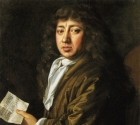
KS1: Teaching about significant individuals
ArticleClick to view -

What your local Archive Service can offer to schools
ArticleClick to view -
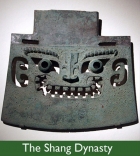
The Shang: What can we tell about an ancient civilisation from one tomb?
ArticleClick to view -
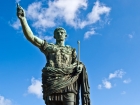
The Roman Empire and its impact on Britain
ArticleClick to view -
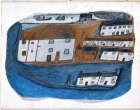
Key Stage 1 local history through fresh eyes
ArticleClick to view -
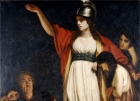
Developing enjoyable historical investigations
ArticleClick to view -

Using the back cover image: Reconstructing the Romans
ArticleClick to view -

From Home to the Front: World War I
ArticleClick to view -

Ancient Sumer
ArticleClick to view -

Viking and Anglo-Saxon struggle for the kingdom of England
ArticleClick to view -

Assessment and Progression without levels
ArticleClick to view -
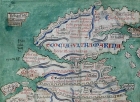
Britain's settlement by Anglo-Saxons and Scots
ArticleClick to view -

Implementing the 2014 curriculum in Year 2
ArticleClick to view -
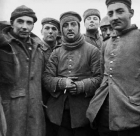
Ideas for Assemblies: Lest we forget
ArticleClick to view -
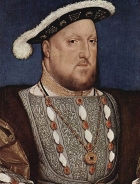
What do we mean by Big Picture History?
ArticleClick to view -
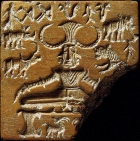
Investigating the Indus Valley (2600-1900 B.C.)
ArticleClick to view -
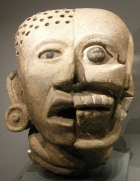
The Maya: a 4,000-year-old civilisation in the Americas
ArticleClick to view -

Using the back cover image: Sandbach Crosses - an Anglo-Saxon market cross
ArticleClick to view

